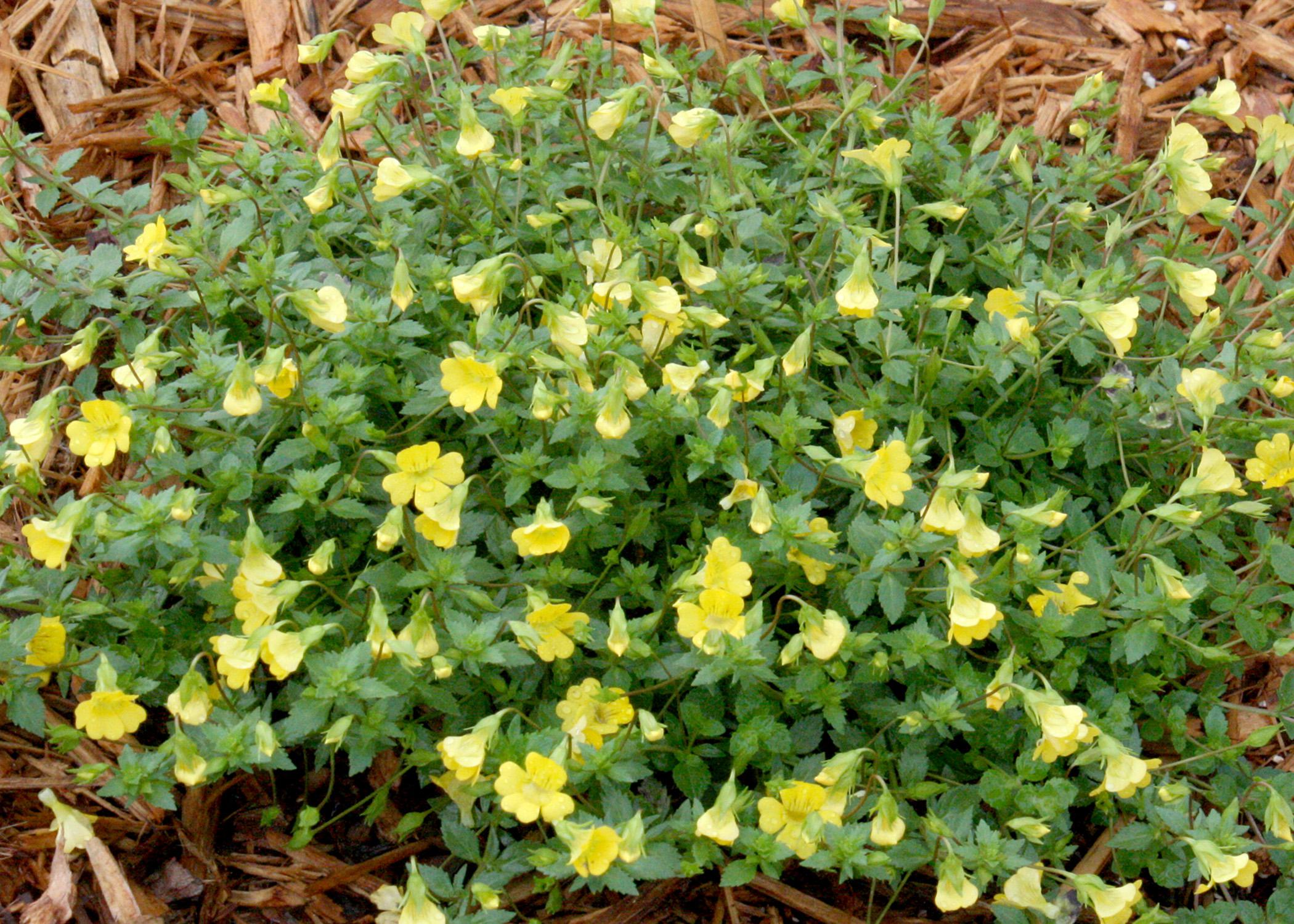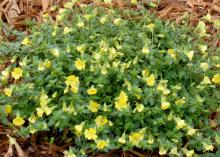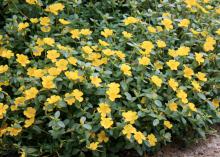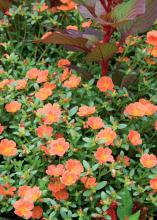Information Possibly Outdated
The information presented on this page was originally released on May 4, 2015. It may not be outdated, but please search our site for more current information. If you plan to quote or reference this information in a publication, please check with the Extension specialist or author before proceeding.
Be creative, persistent in tough garden areas
If there's one area in almost everyone's landscape that causes a lot of problems, it's that area between the sidewalk and the street.
I surrounded my mailbox with a small planting bed to help me try to garden in this area. I have had some success trying many different planting combinations that change with the seasons. But it is the summer that causes me the most trouble.
The conditions in this area that cause gardening angst are many, and they build upon each other. Summer soil temperatures skyrocket from the reflective heat radiating off paving materials on both sides, and this really bakes the planting bed. Weeds thrive despite the harsh conditions. I have particular trouble with the combination of green kyllinga, nutsedge and Virginia buttonweed. Watering is problematic because the area is sloped to the street for drainage, which makes it hard to irrigate the bed.
It's no wonder professional horticulturists and homeowners alike call this area the hell strip. If you have an area like this that causes you heartburn, I'd like to share a couple of plant selections that have done well for me in my hell strip.
Purslane, a really old plant, is one that I have used. It is a succulent that thrives in high summer temperatures. Purslane has long been regarded by many as a garden weed, and I have removed many of these plants from my garden and landscape.
However, purslane's summer-loving qualities make the improved selections perfect for the landscape. Purslane is a larger and more robust version of its relative, the popular bedding plant moss rose.
Pizzazz purslanes are low-growing, succulent-looking annuals that are available in a variety of colors. The stems are purplish-green, and the leaves are bright green. They grow up to 8 inches tall and spread to 18 inches, so space them 12 to 15 inches apart in the landscape. Regularly pinch off branches to keep purslanes dense and full.
Purslanes are heavy feeders that require adequate nutrition throughout the season for best flowering and growth. The flowers close on cloudy days and when the plant is under stress. They have been observed to close in late afternoon and early evening, as well.
The other plant that really surprised me last year with its performance in this tough spot was the annual Gold Dust mercardonia.
I planted this selection in the spring, intending to use it as a ground cover until I found something else to plant. I never did. Until my drip irrigation had a problem, the mercardonia created a gorgeous mat from the profusion of bright-yellow flowers. Once the bed dried out, so did my mercardonia, so you can imagine my surprise this spring when the mercardonia came back from seed. My drip irrigation is fixed, and I'm well on my way to having the bright-yellow carpet again.
Feed mercardonia once a week with a water-soluble 20-10-20 or 20-20-20 fertilizer, always following label instructions. This step keeps the growth and continuous flowering going all summer long.
So don't give up on difficult strips of garden alongside the pavement, but try some plants that perform well in demanding conditions.










